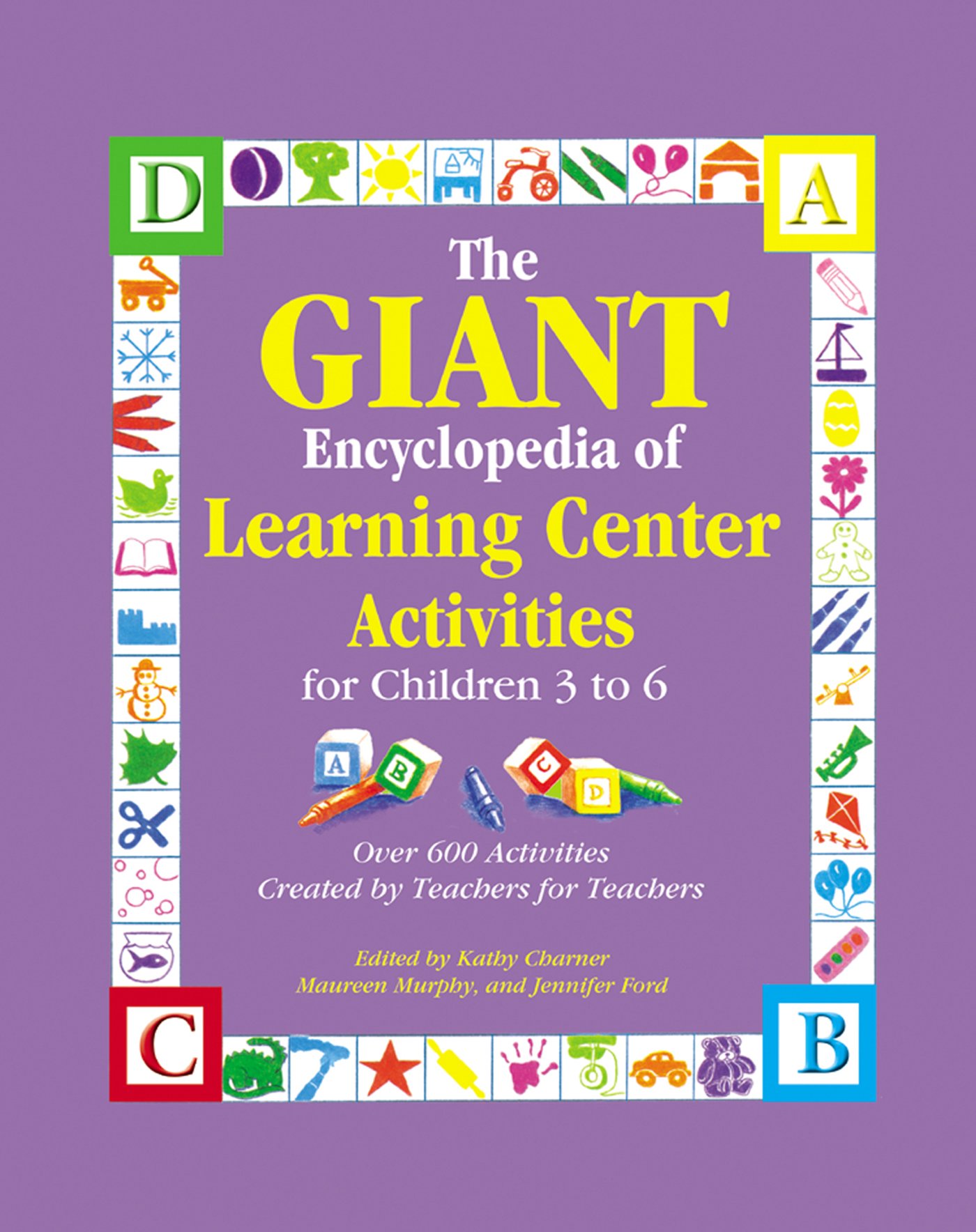Materials
- Yonder by Tony Johnston
- large refrigerator box
- craft knife (adult only)
- two hollow plastic hula hoops
- large hollow blocks
- tape
- white canvas fabric or a large off-white blanket
- several cardboard boxes
- two hobbyhorses
- sturdy rope
- several small wooden chests
- old pots and pans
- tin cups
- pioneer clothes (bonnets, floppy straw hats, cowboy hats, old dresses, old dress
- pants, suspenders, and flannel shirts)
- several medium-size sticks
Instructions
- Read Yonder by Tony Johnston to the children. Talk about the story. Ask questions such as, "How would you feel if you and your family moved to a new and strange place?" Encourage the children to tell their own stories about moving.
- Let the children help create a covered wagon. Choose an area in the room to put the wagon. Once it is assembled, it cannot be moved.
- Start by removing the top and bottom flaps of a refrigerator box using a craft knife (adult only). Place the refrigerator box on its side and use the craft knife to cut several small windows in the two sides. (While this is not historically accurate, it lets the children see out while maintaining the strength of the box.)
- Use a craft knife to cut two plastic hula hoops in half.
- Use large hollow blocks to build a platform for the refrigerator box. Tape the blocks together securely so they will not fall over. Place the refrigerator box on top of the platform.
- Securely tape the hula hoop halves to the top of the refrigerator box.
- Drape the white canvas fabric or large blanket over the hoops to create the covered wagon top. For a more historically accurate look, paste the fabric to the hoops.
- Cut out four wheels from the cardboard boxes. Affix the wheels to the sides of the refrigerator box so they just touch the floor.
- Use a couple of large blocks to prop the hobbyhorses up in front of the covered wagon.
- Create a set of reins from the horses to the wagon using the sturdy rope.
- Put the small wooden chests, wooden crates, old pots and pans, and tin cups in the wagon. Add pioneer clothes to the dress-up area.
- Scatter sticks around the room. When the children "stop their wagon for the night," they can gather the sticks to make a "campfire."
- Let the children use the materials freely during center time.
Instructions
* Review the story so you can read or tell it in a dramatic manner.
What to Do
1. Explain to the children that a fable is a special kind of story that teaches us a
lesson about life. The lesson is called a moral. A moral reminds us to make
smart choices.
2. Tell the children you will be reading them a story about a grasshopper and an
ant. Explain that this fable comes from a very wise man named Aesop who
lived in the country of Greece many, many years ago. His fables are so
wonderful that children like you are still learning his lessons today.
3. Explain that the moral of the fable is: "There's a time to work and a time to play."
4. Read or tell the fable to the children. As you read, talk about grasshoppers and
ants, and what they do: talk about how ants are known to work hard all the
time to build and maintain their anthills. Grasshoppers don't build nests, but
they live in grassy areas and jump from plant to plant.
5. Use the assessment questions below to review the fable with the children.
Assessment
Consider the following:
* Ask the children some questions about "The Grasshopper and the Ant":
* Who worked hard in the summer to collect food?
* Who danced and played all summer long?
* Who had plenty of food to eat when winter came?
* Who felt hungry that winter?
* Do you know the name of the wise man who told this story long ago?
* Can you remember the moral of this story?
